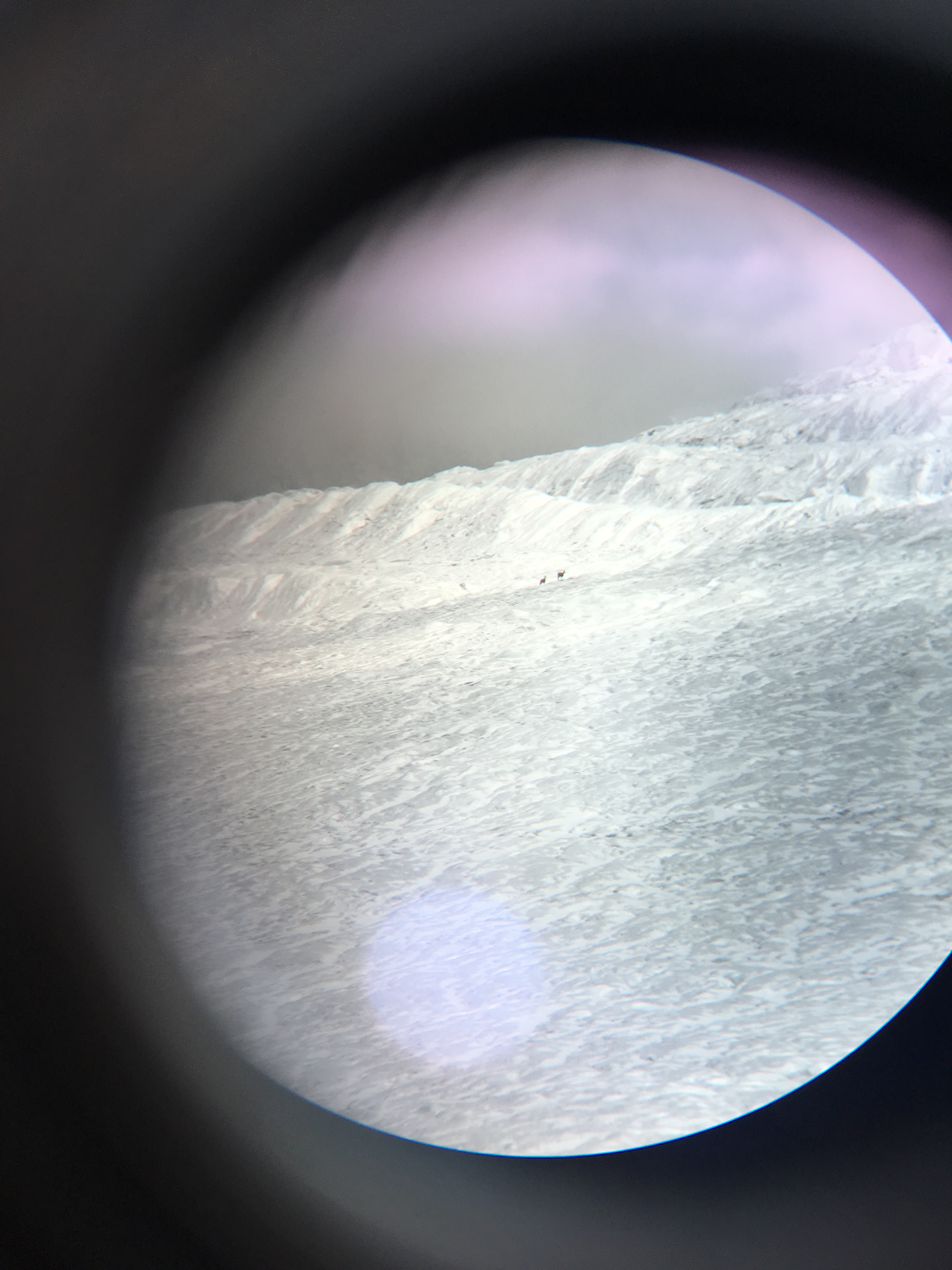Institute of the Arts & Sciences Announces Winter Exhibitions
Mia Eve Rollow & Caleb Duarte: EDELO and Levester Williams: Our Bedrock Exhibition Dates January 31 - April 6, 2025Opening Reception Friday...



Of the sensory faculties through which we experience the world, vision is our dominant sense. Though the human eye is a complex organ, it is also limited in its field of view and dynamic range. This workshop will explore forms of vision beyond the human range through a critical lens. Seeing the Unseen: a Telephotography workshop, attempts to highlight the limits of our vision by exploring new ways of perceiving through the utilization of tools such as binoculars and telescopes. Participants will use their cell phones to record what they see as they expand their range of vision, further altering the aesthetic of this medium.
Artists to be considered, Trevor Paglan, Yolande Harris, Richard Mosse, Lisa Jevabratt, Wintjiya Napaltjarri and Google Deep Dream Generator.
As an ocean engineer and an artist, Jane Chang Mi considers land politics and postcolonial ecologies. Exploring the narratives associated with environment through her interdisciplinary research-based work. Mi aims to express our contemporary relationship to nature and each other.
This event is part of Pacific Island Worlds: Transpacific Dis/Positions, a symposium which brings together artists and scholars to creatively chart a course for Pacific Island Studies in the 21st Century.
ABOUT THE IMAGE
The dahu are somewhat of a misnomer for the ibex, in that its supposed to be a prank that the Swiss-French play on tourists in the Alps. The Swiss-French artists were joking with us Americans that they were everywhere. And then we happen to actually see them, but with the aid of the binoculars.
“The dahu is a staple of 20th-century French popular culture, known in Lorraine, in the mountainous regions of eastern France (Alpes and Jura), and in French-speaking Switzerland as a theme of jokes among natives and a spoof for fooling young children. Its popularity began to soar toward the end of the 19th century. The budding tourism industry brought to the mountains wealthy city dwellers with a somewhat arrogant attitude and a paltry knowledge of the countryside. The mountaineers working as hunting guides would take advantage of the gullibility of some tourists to lure them into the “dahu hunt” (in French “chasse au dahu”). The animal was touted as a rare and precious
bounty, the capture thereof required waiting alone all night on a chilly slope, crouched in an uncomfortable position. In the second half of the 20th century, the supply of naive hunters had dried up, and the dahu hunt enjoyed a second life as a summer camp spoof.”
(wikipedia)